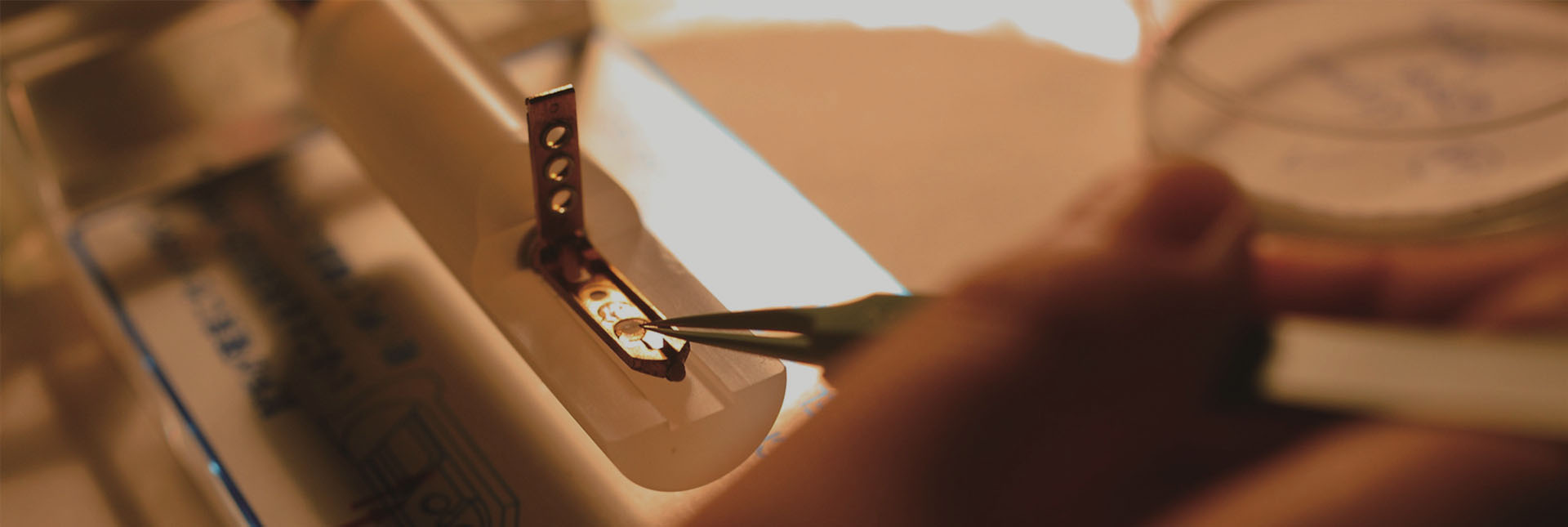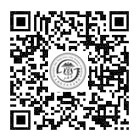The Center for Children’s Environmental Health was designated as a Key Laboratory by the Shanghai Science and Technology Commission and the Ministry of Education of China in 2004 and 2014, respectively. The research focus includes, but not limited to, the influence of physical, chemical and social environment on children's growth and development. In line with the combination of clinical medicine and preventive medicine, and the combination of epidemiology and basic science research, it takes an interdisciplinary approach to carry out and promote scientific research. At present, our laboratory is the only provincial and ministerial Key Laboratory specialized in environmental and child health research in China. With a total of 48 research and clinical staff, the lab has six platforms, including epidemiology, pollutant analysis and testing, molecular biology, neurobehavioral development assessment, animal models and toxicology, biobank. Built upon the widely accepted theory of Developmental Origin of Health and Diseases (DOHaD), the Lab established a large prospective Shanghai Birth Cohort study in 9 hospitals in Shanghai with over 5,000 couples and followed the children up to 7 years of age by now and conducts research on early life exposure and its impact on fetal, child and adolescent health. The current lab research covers the following areas: (1) environmental endocrine disrupting chemicals on reproductive health, pregnancy outcomes, fetal and child health; (2) fetal and child nutrition, growth and obesity; (3) pollution of heavy metals and pesticides and child health; (4) child sleep and physical activities; and (5) child neurobehavioral disorders (e.g., autism and Attention-Deficit/Hyperactivity Disorder). In the past 5 years, the lab investigators have been awarded 79 grants with a total sum of ¥ 16 million. A number of researches were published in prestigious journals. Some of the scientific findings were also translated into health policy.



